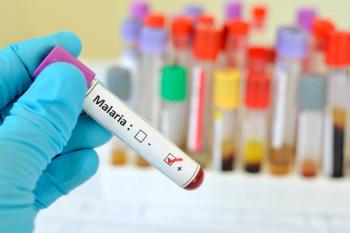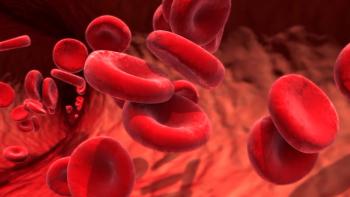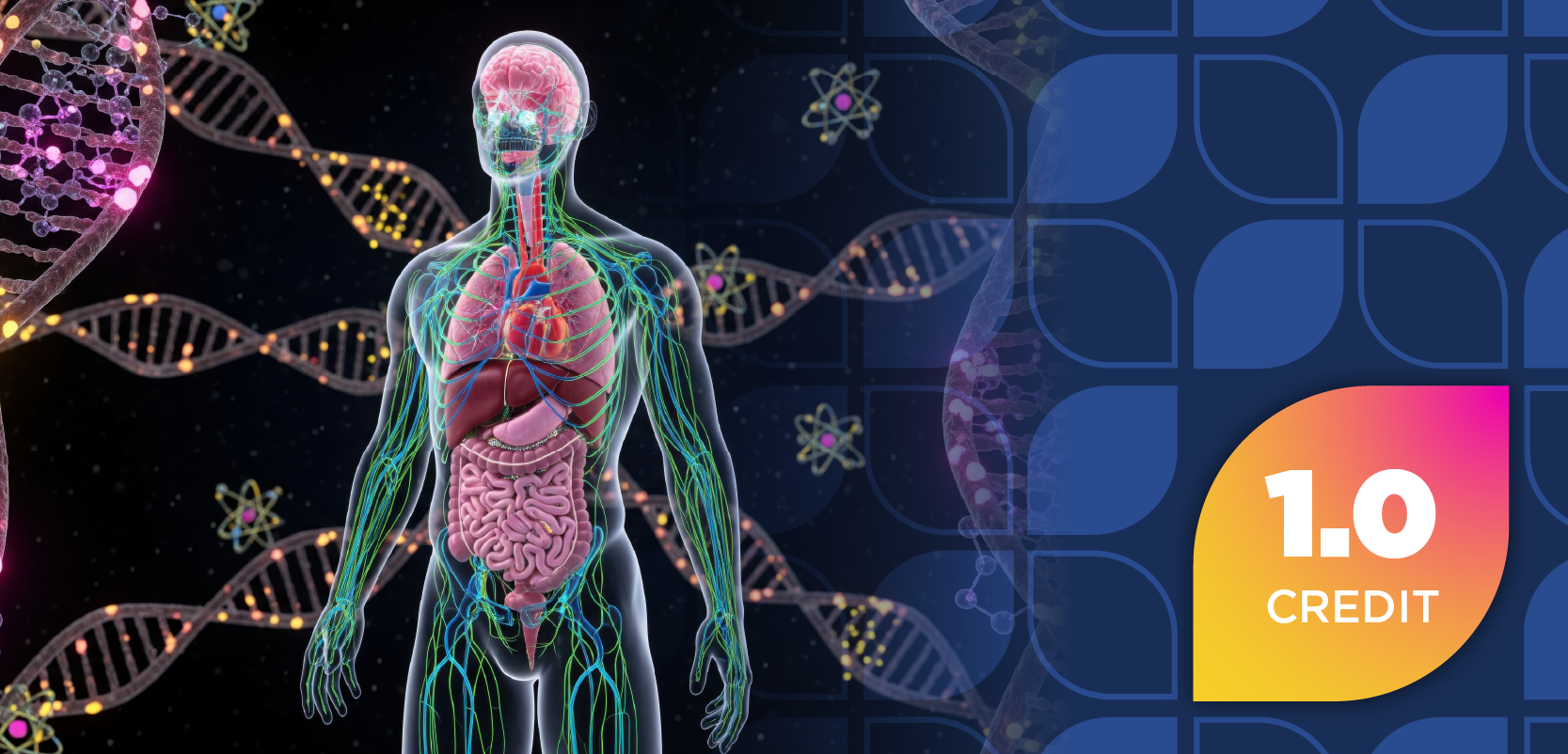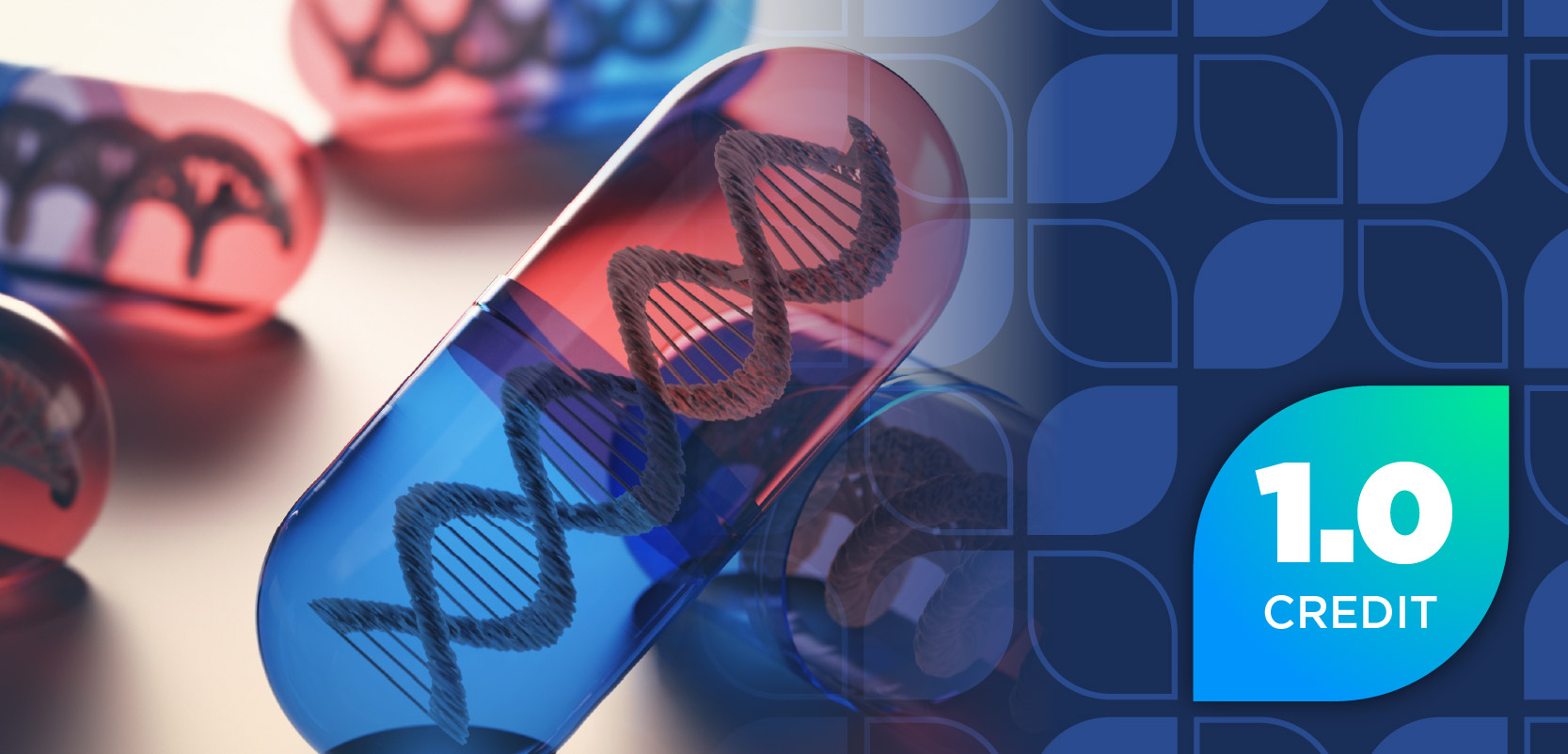
The Role of Physical Activity in Breast Cancer Risk Reduction and Survival

Key Takeaways
- Physical activity reduces breast cancer risk, improves survival, and lowers recurrence in both pre- and postmenopausal women.
- Biological mechanisms include reduced hormone levels, improved insulin sensitivity, and decreased inflammation.
Pharmacists can educate patients on nonpharmacologic strategies that help improve survival outcomes.
Physical activity has been consistently associated with a decreased risk of breast cancer (BC), improved survival following diagnosis, and reduced likelihood of recurrence. Studies have demonstrated that leisure-time physical activity provides a protective effect against both premenopausal and postmenopausal BC.1 Moreover, the benefits of physical activity appear to extend beyond the point of diagnosis. Recent research indicates that an increase in physical activity from pre- to post diagnosis is linked to a significantly reduced risk of mortality.2 As accessible health care professionals, pharmacists can play a pivotal role in promoting physical activity as an evidence-based, nonpharmacologic treatment strategy to support patients with BC.
Several biological mechanisms have been proposed to explain the relationship between physical activity and BC.3 Elevated circulating estrogen and androgen levels have been implicated in increased BC risk and progression, and physical activity has been shown to reduce these hormone levels. Additionally, insulin resistance and elevated insulinlike growth factor (IGF) levels may contribute to BC development by increasing circulating estrogen. Exercise interventions in patients with BC have been associated with reductions in fasting insulin levels. However, weight loss and improved glycemic control are also thought to play a significant role in reducing cancer risk and improving survival outcomes.
Beyond hormonal and metabolic pathways, physical activity has been found to reduce systemic inflammation—another potential contributor to BC pathogenesis. Elevated levels of pro-inflammatory cytokines and C-reactive protein (CRP) have been associated with increased cancer risk and poorer prognosis. Lastly, regular physical activity may also stimulate endogenous antioxidant defenses, potentially inhibiting tumor progression and metastasis.
Although risk reduction may not be a central focus of every pharmacist-patient interaction, integrating education on nonpharmacologic strategies such as physical activity into routine counseling can have a meaningful impact. Evidence highlights the importance of postdiagnosis physical activity. In a study by Cannioto et al, BC survivors who did not meet the Physical Activity Guidelines for Americans (PAGAs) prior to diagnosis but began meeting the guidelines post treatment demonstrated significantly lower risks of recurrence and mortality compared with those who remained inactive.4 Perhaps more notably, even patients who did not meet minimum PAGAs (equivalent to 150 minutes of moderate-intensity recreational physical activity per week) but engaged in low, consistent levels of physical activity experienced survival benefits.
A separate study observed that patients with BC engaging in as little as 1 to 3 hours of walking per week post diagnosis also experienced reduced mortality.2 These findings are especially relevant when encouraging patients who may be overwhelmed by the prospect of high-intensity or time-consuming exercise regimens. Pharmacists can use this evidence to reassure patients that even modest levels of consistent activity can confer substantial benefits.
In addition to its survival advantages, physical activity has been shown to significantly improve health-related quality of life in patients with breast cancer.4,5 Regular physical activity is associated with reduced treatment-related toxicities, alleviation of depressive symptoms, decreased cancer-related fatigue and pain, and improved sleep quality. These improvements in physical and emotional well-being may contribute significantly to improved clinical outcomes as well.
Although the general health benefits of physical activity are widely recognized, recent research provides compelling evidence for its specific role in enhancing survival and quality of life among patients with BC. Pharmacists are well-positioned to educate patients about the importance of integrating physical activity into their lifestyles, reinforcing its value as a key nonpharmacologic therapy.
REFERENCES
1. Timmins IR, Jones ME, O’Brien KM et al. International pooled analysis of leisure-time physical activity and premenopausal breast cancer in women from 19 cohorts.J Clin Oncol. 2024;42(8):927-939. doi:10.1200/JCO.23.01101
2. Fortner RT, Brantley KD, Tworoger SS et al. Physical activity and breast cancer survival: results from Nurses’ Health Studies. JNCI Cancer Spectr. 2023;7(1):pkac085. doi:10.1093/jncics/pkac085
3. Hong BS, Lee KP. A systematic review of the biological mechanisms linking physical activity and breast cancer. Phys Act Nutr. 2020;24(3):25-31. doi:10.20463/pan.2020.0018
4. Cannioto RA, Hutson A, Dighe S et al. Physical activity before, during, and after chemotherapy for high-risk breast cancer: relationships with survival. J Natl Cancer Inst. 2021;113(1):54-63. doi:10.1093/jnci/djaa046
5. Mishra SI, Scherer RW, Geigle PM et al. Cochrane Database Syst Rev. 2012;2012(8):CD007566. doi:10.1002/14651858.CD007566.pub2
Newsletter
Stay informed on drug updates, treatment guidelines, and pharmacy practice trends—subscribe to Pharmacy Times for weekly clinical insights.













































































































































































































